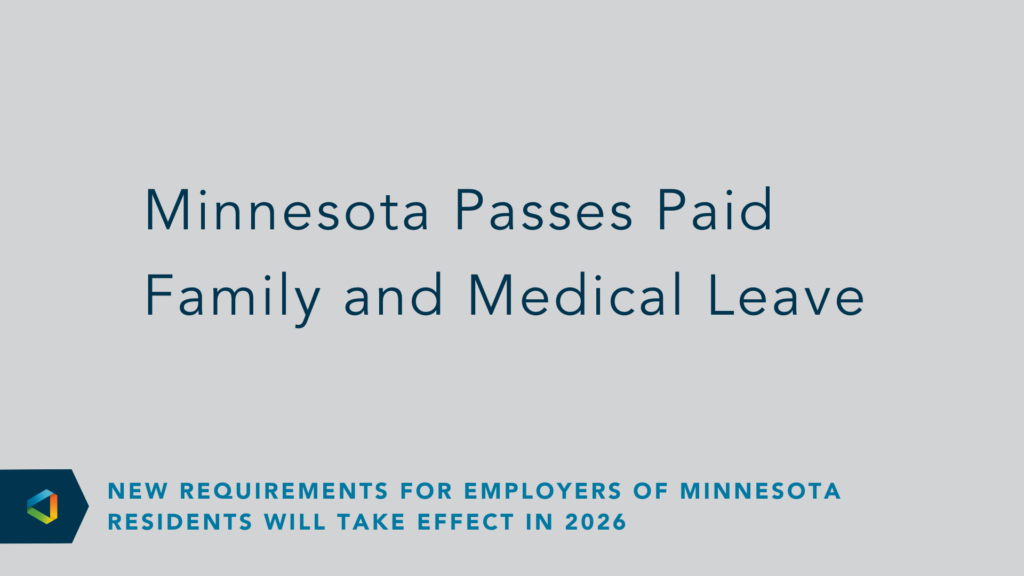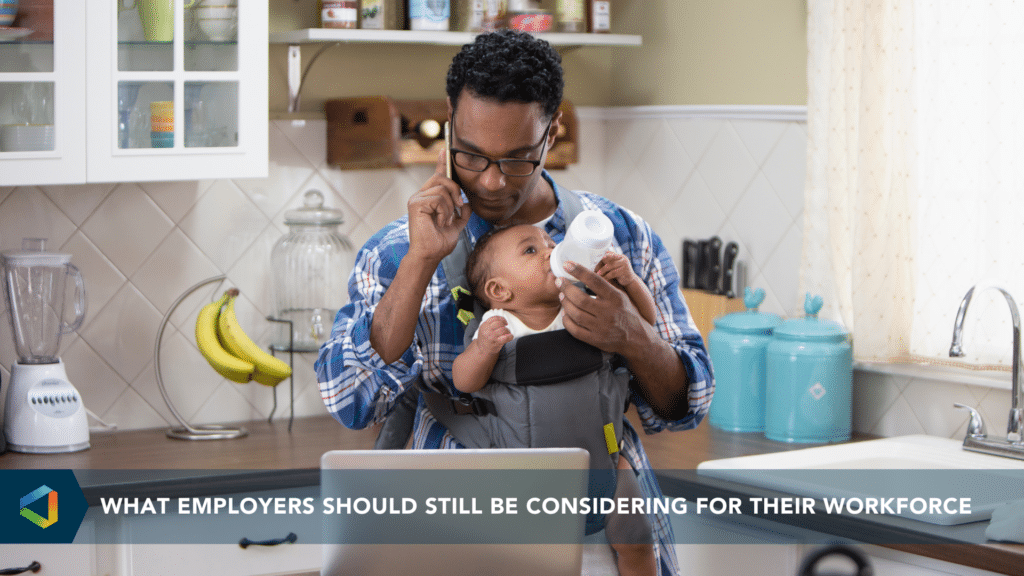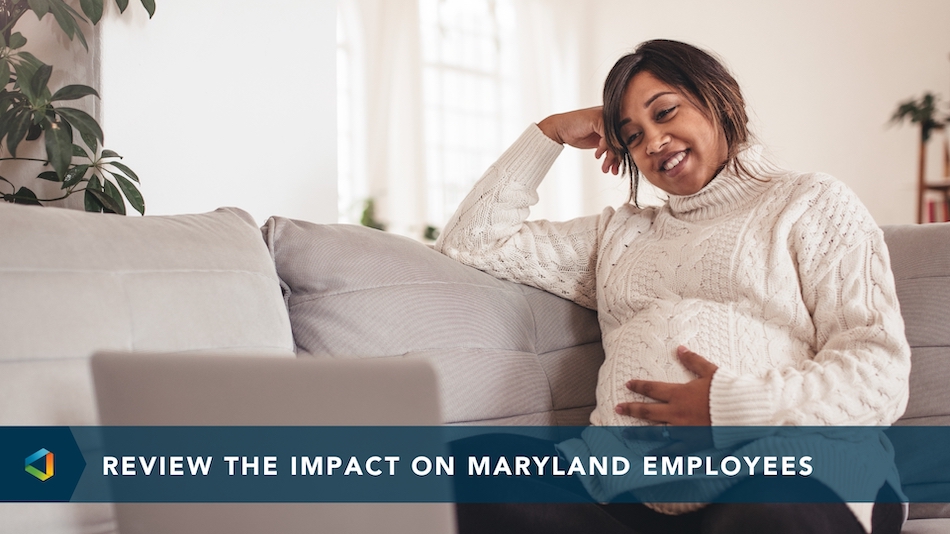Compliance Confidence
California Increases Benefits Under Paid Family Leave Law
California Increases Benefits Under Paid Family Leave Law
On September 30, 2022, California amended its Paid Family Leave law (PFL).
The amendment will increase wage replacement rates for workers beginning in 2025 and primarily benefit low-wage earners. As a reminder, California PFL allows covered employees to take up to eight weeks of paid time off from work to:
- Care for a child, spouse, parent, grandparent, grandchild, sibling, or domestic partner with a serious illness
- Bond with a new child within one year of birth of placement in connection with foster care or adoption
- Participate in a qualifying exigency related to a spouse, domestic partner, child, or parent being on active duty in the Armed Forces of the United States
Covered employees often apply for paid leave through either PFL or California’s short-term disability insurance program, even when they are on unpaid leave through the Family and Medical Leave Act (FMLA) or the California Family Rights Act (CFRA). PFL does not limit an employee’s rights under FMLA or CFRA. Employers are encouraged to keep up to date on these laws so they can stay compliant and assist employees in receiving the benefits to which they are entitled.
Increase in Benefits
The amendment changed two key benefit provisions for both PFL leave and California short-term disability (SDI). First, current wage replacement rates were extended through 2024. The current rates mean those earning as much as $27,000 per year will continue to receive 70% of their weekly income under both PFL and SDI. Everyone else will receive 60% of their weekly income. These rates were set to expire at the end of 2022. Second, beginning in 2025 PFL and SDI benefits for low-wage workers will increase to 90% of weekly income. A low-wage worker is defined as anyone who earns 70% or less than the state’s average wage.
How is the Increase Paid For?
The increase will be funded by removing the payroll tax limit on highly compensated workers. Currently, PFL is funded via a 1.1% tax on employee paychecks, up to a threshold of $145,600 per year. The amendment removes this ceiling, so employers will need to continue to take payroll deductions from high earning employees without regard for a cap. The amendment did not add any employer contribution requirements.





